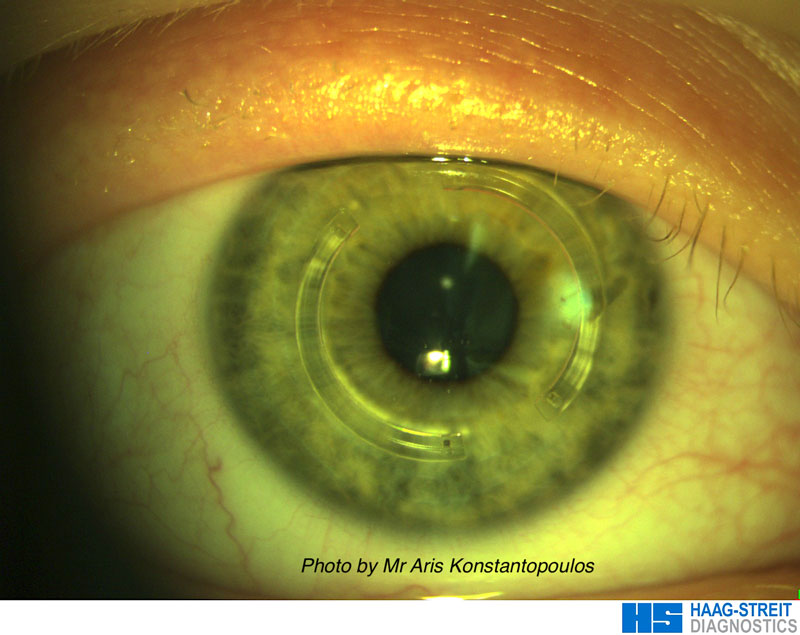What is keratoconus?
Keratoconus is a slowly progressive condition in which the cornea, the clear round window at the front of eye, becomes weaker and bulges forward. The cornea gradually changes shape from a sphere (like a football) to a cone (like a rugby ball), resulting in distorted and reduced vision.
Symptoms
The change in shape alters the refractive properties of the cornea, reducing the quality of vision. A key feature of the condition is a gradual progression in myopia (short-sightedness) and astigmatism.
As the condition becomes more advanced and the astigmatism irregular, spectacles fail to compensate for this, resulting in blurred vision. Other symptoms of keratoconus can be distorted vision, double or multiple images, and streaks or haloes around lights.
Cause
The cause of keratoconus is not fully understood but the condition is considered to develop due to a combination of genetic and environmental factors. However, it is not thought of as an inherited condition. There is a good association with atopy and often patients also have allergic eye disease with itchiness and rubbing of the eyes.



